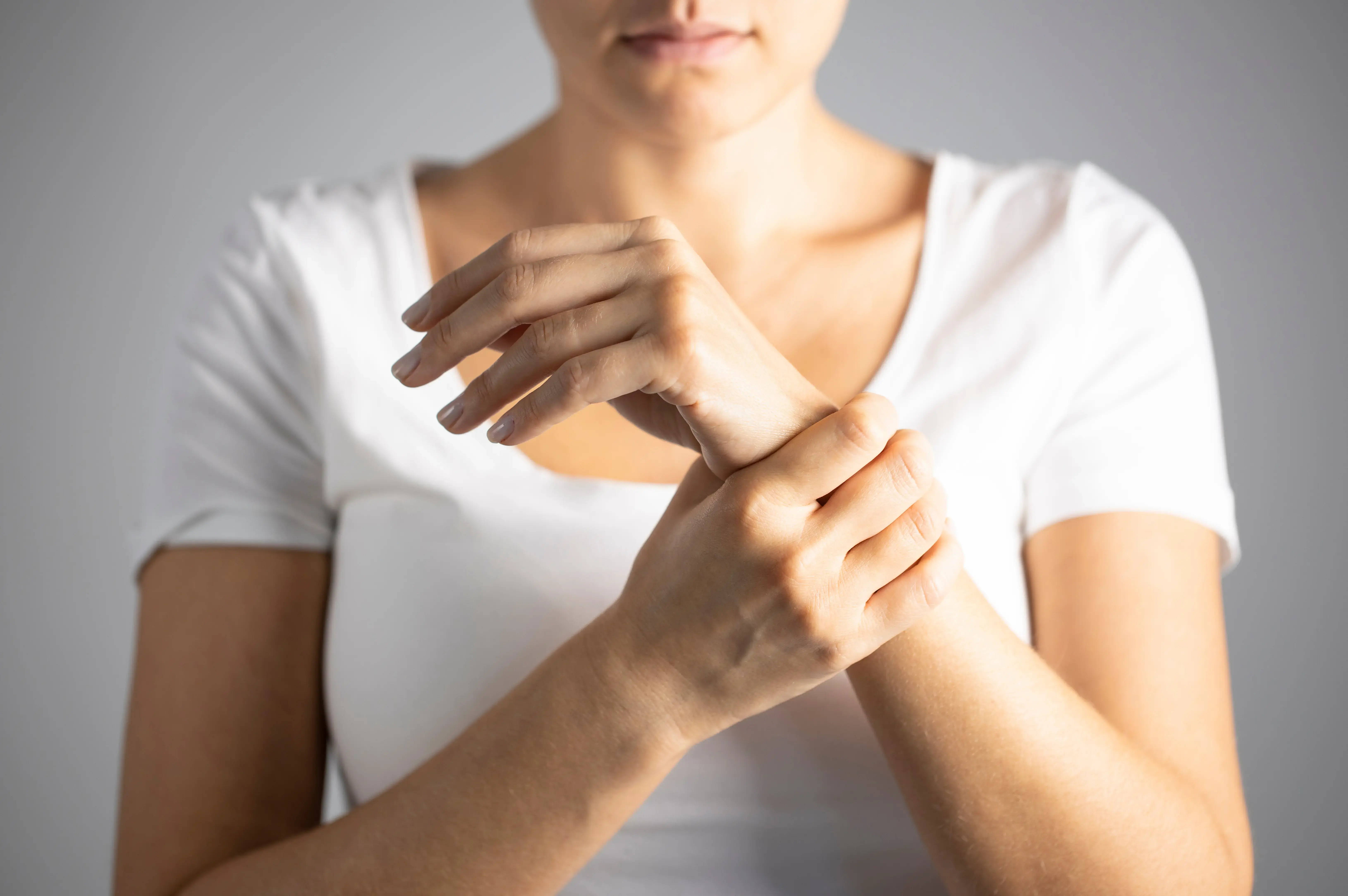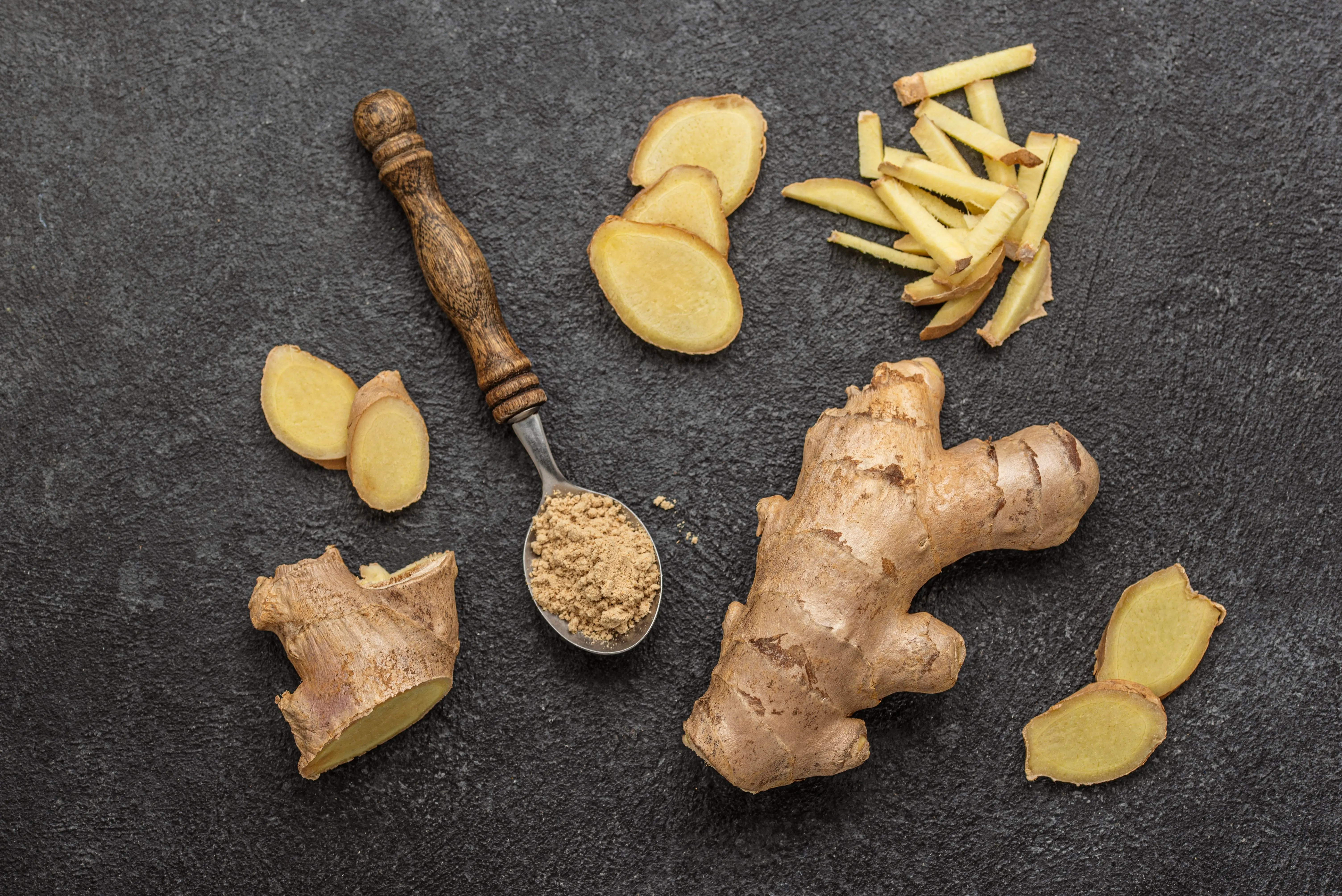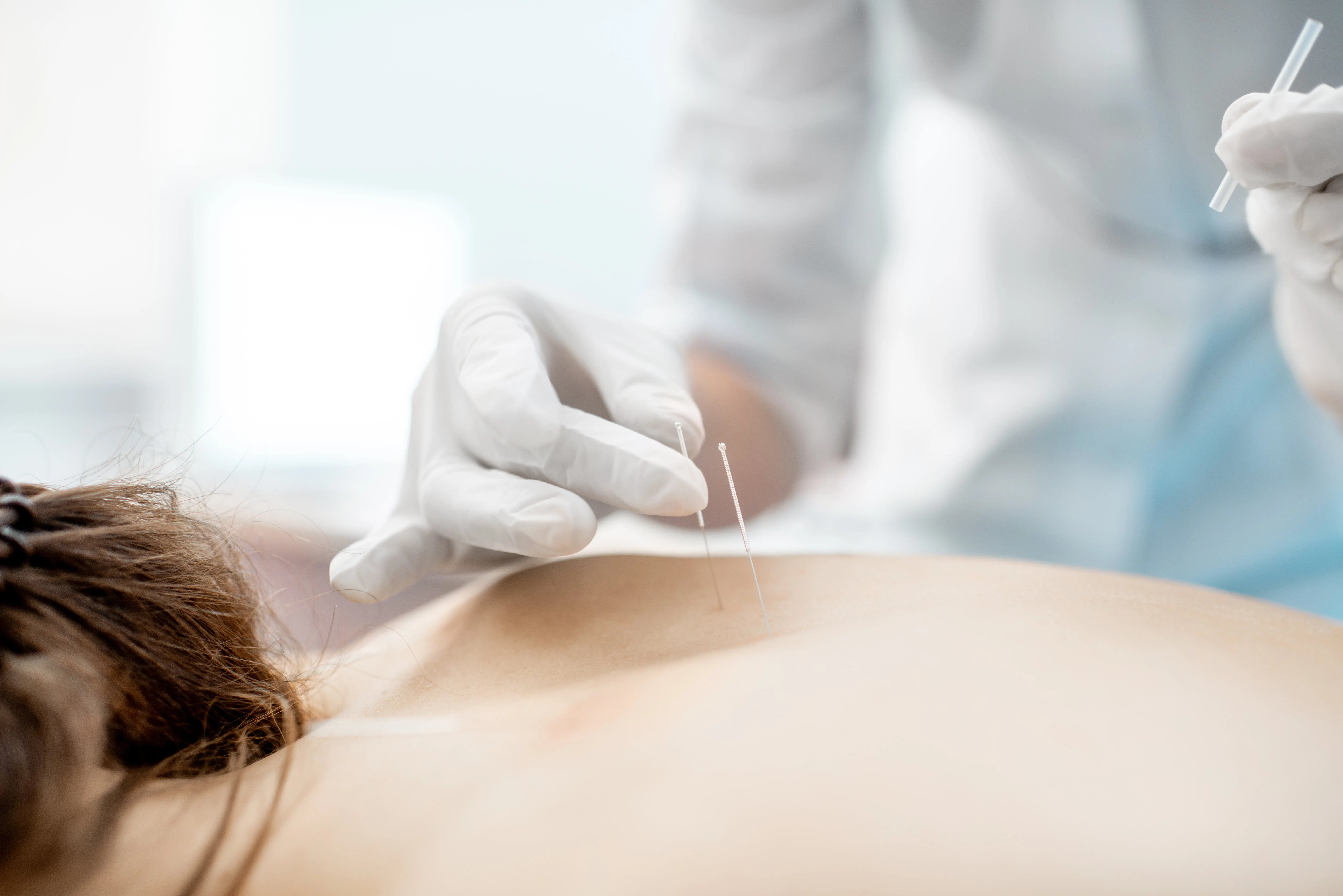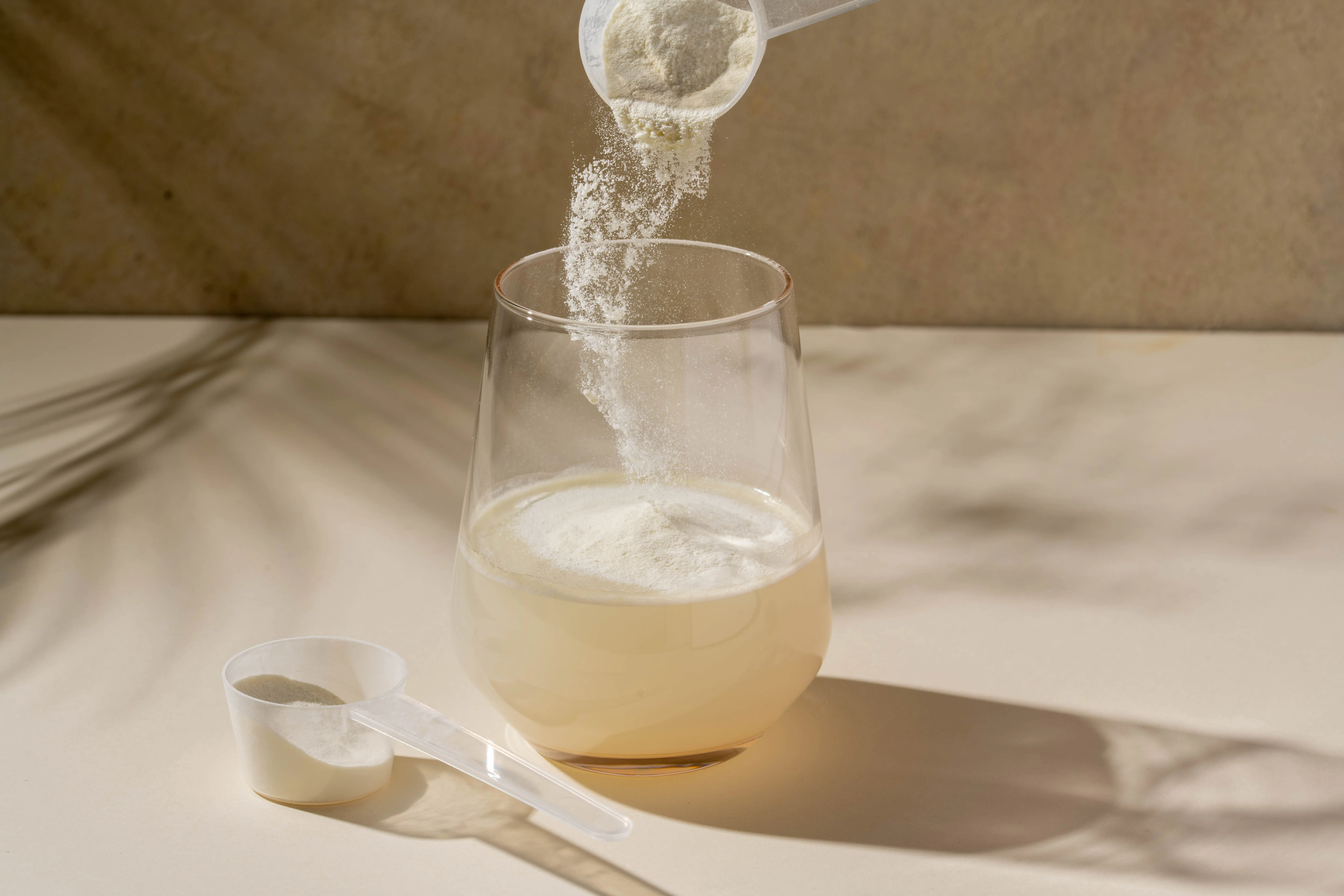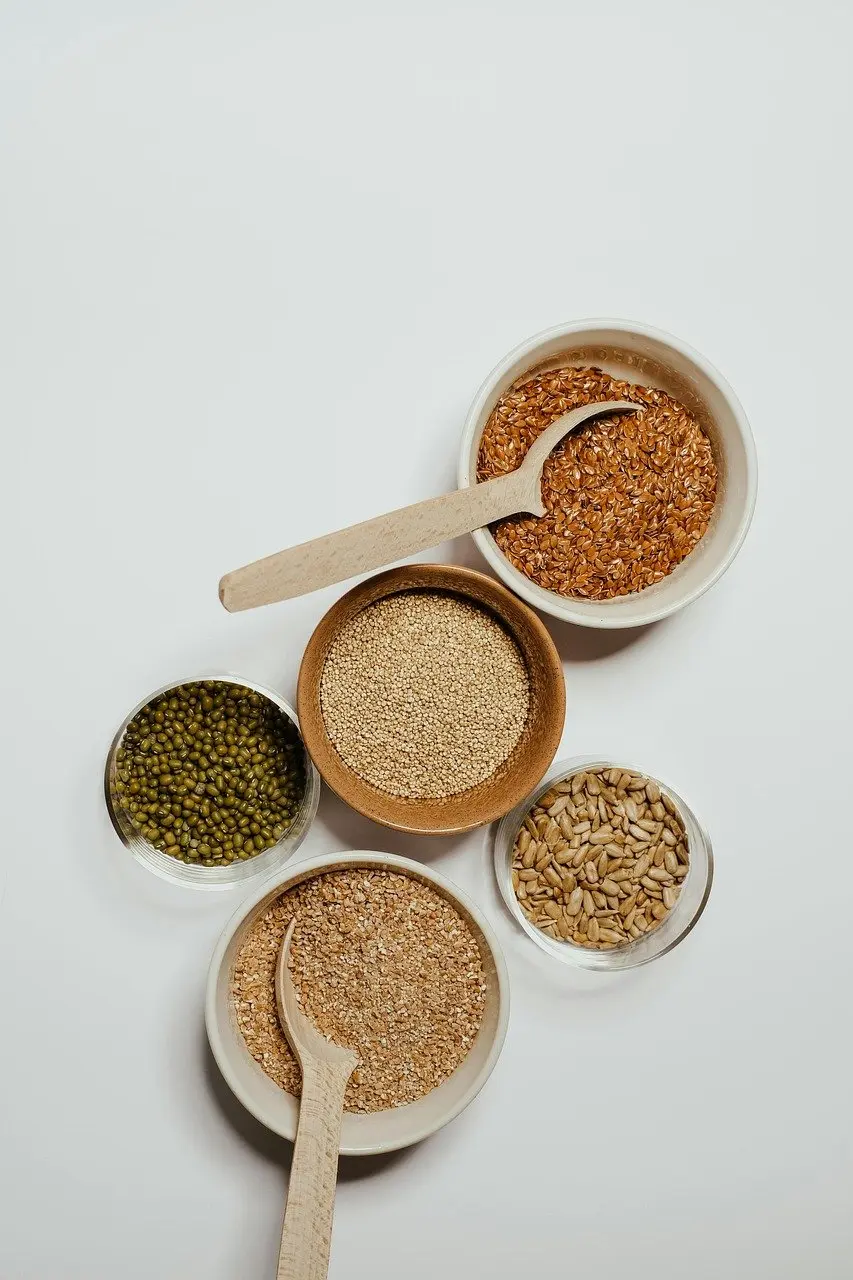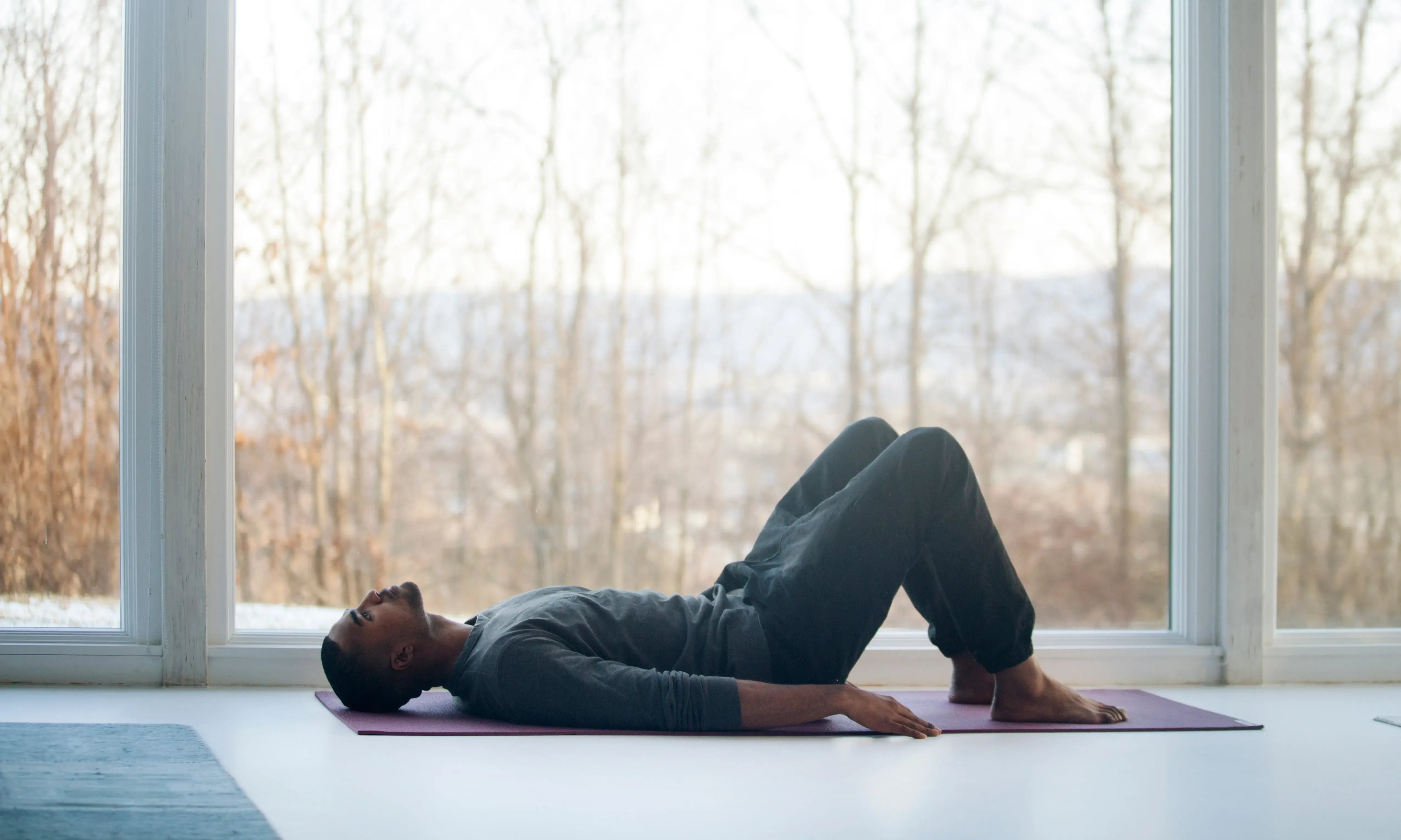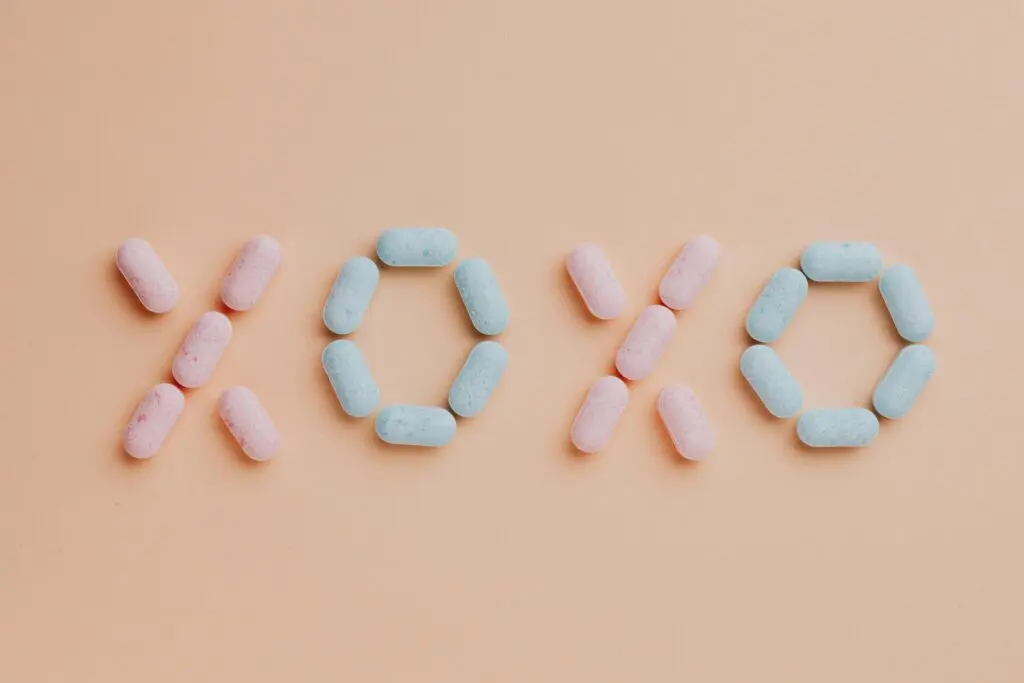Hands, knees, back, hip – everything hurts. The joint pain in the menopause can be so severe that it limits mobility and affects daily life. The pain is particularly intense, especially in the morning after getting up.
Joint pain in menopause: Causes
As early as the age of 35, muscle mass decreases and the wear and tear of the joint cartilage occurs. So one might think that muscle and joint pain is an age-related phenomenon , but in fact the cause lies more in the hormonal changes that affect women during menopause – because here the estrogen level decreases. And estrogen is crucial for the joints. Even sporty women struggle with joint pain during menopause.
What estrogen does to the joints
The female sex hormone estrogen promotes fluid supply to the joint membranes and connective tissue around the joints. In addition, it supports circulation. If this decreases, it causes the joints to lose mobility and become stiffer.
Some immune cells need estrogen to function properly. If they don't get it, the body becomes more susceptible to inflammation, which also affects cartilage and joints.
Estrogen also has a pain-relieving effect: The lower the level drops, the more women feel pain.
Estrogen deficiency as a cause of joint pain
A drop in estrogen levels causes similar symptoms to gout, osteoarthritis or rheumatism. A look at the woman's medical history is therefore important. If there were never any joint problems before and the pain only started with menopause, estrogen deficiency is likely to be the cause of joint pain during menopause. Nevertheless, other causes should be ruled out by a doctor ruled out.
How estrogen affects muscles and bones
Not only on the joints, but also on the muscles estrogen has an influence. As their levels decrease, they lose elasticity, become fewer and weaker. Estrogen deficiency additionally promotes bone loss, which is why osteoporosis is also one of the 34 symptoms of menopause counts.
